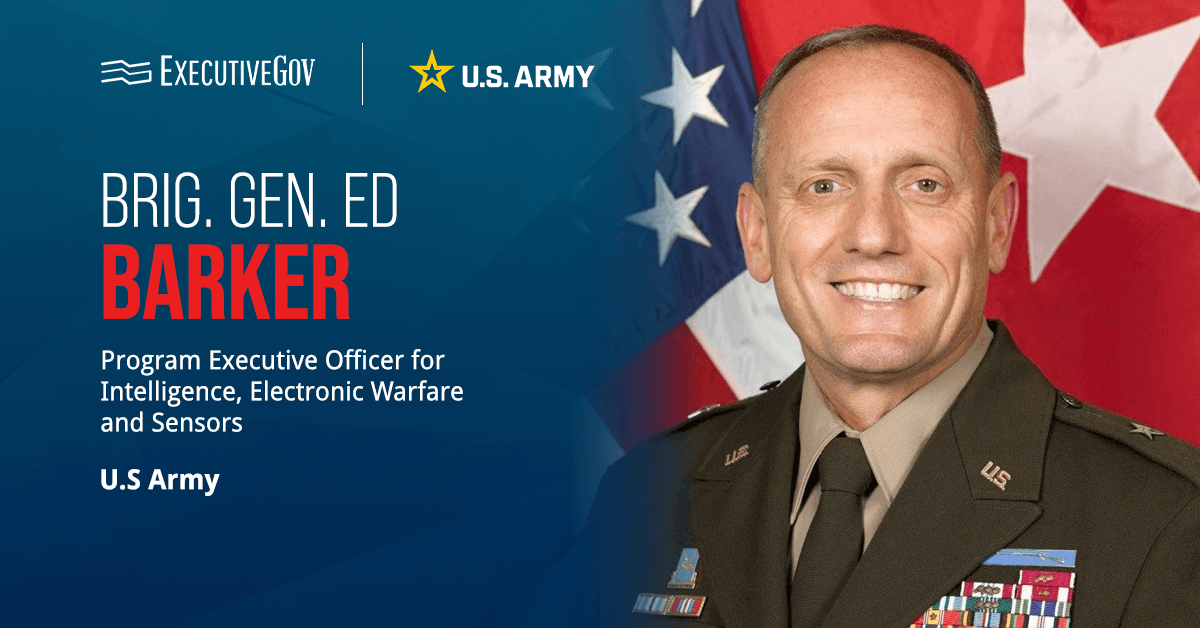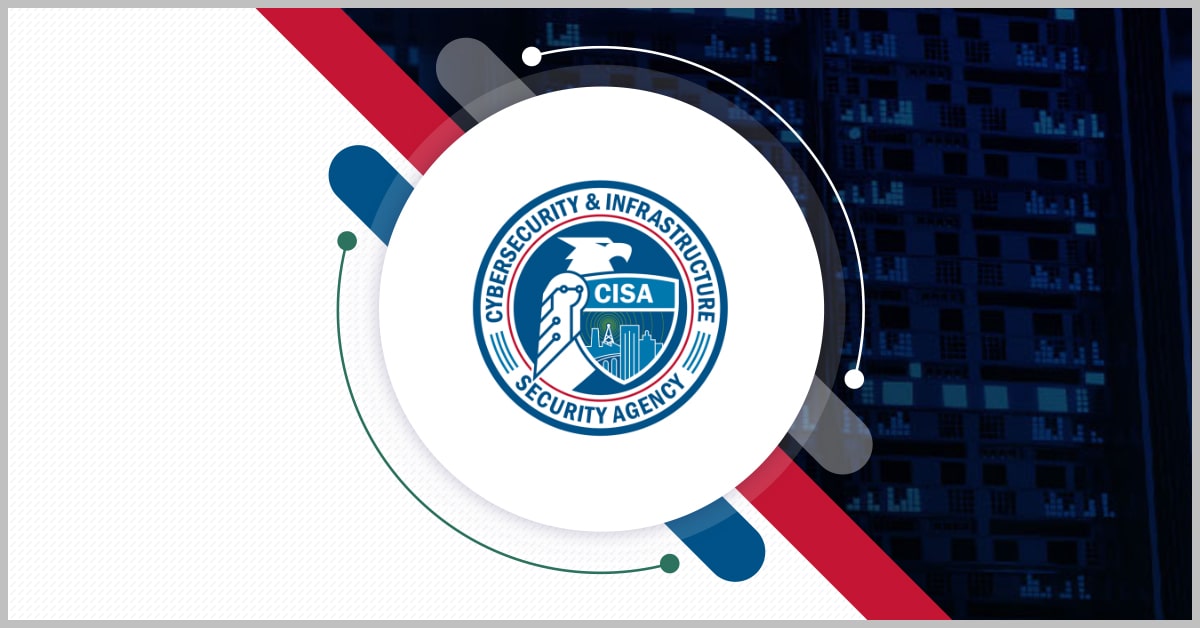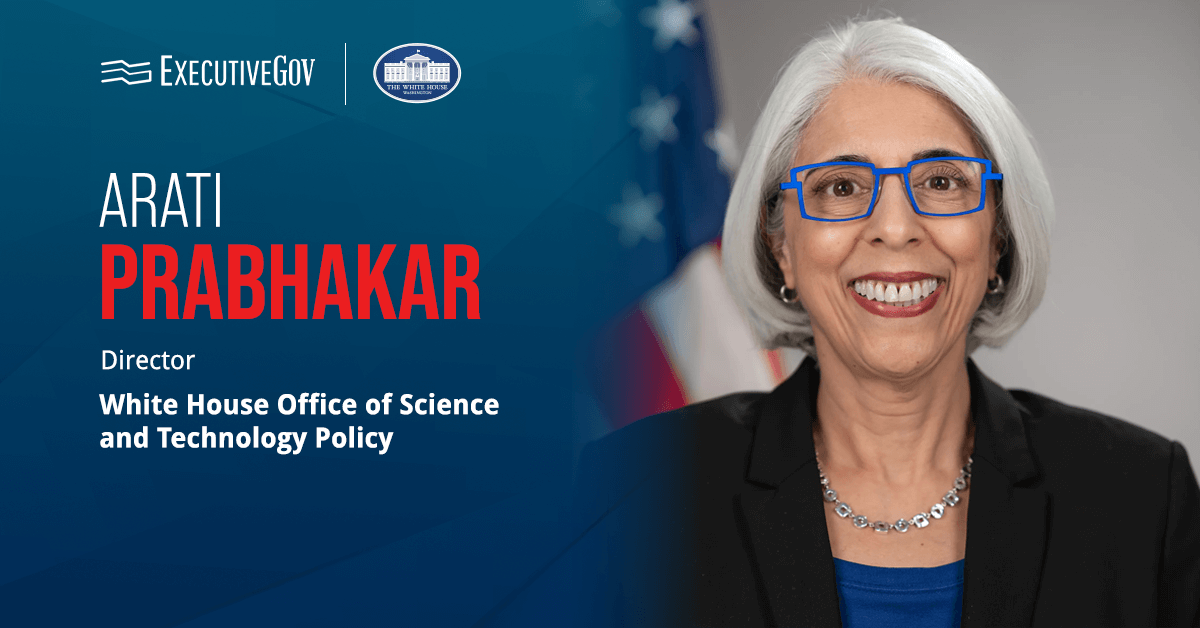BlackSky Technology has won multiple rapid procurement contracts for analytics services supporting the U.S. Space Force’s tactical surveillance, reconnaissance and tracking, or TacSRT, missions.
The Space Force’s online global data marketplace, or GDM, helps to enable the delivery of BlackSky’s artificial intelligence analytical services to U.S. military combatant commands who seek insights into critical global space capabilities, the Herndon, Virginia-based company announced Friday.
Brian O’Toole, CEO of BlackSky, spoke on how the marketplace has accelerated the company’s contract success.
“One year in operation, this novel marketplace increases speed and accessibility to BlackSky’s reliable high-cadence, low-latency dynamic monitoring capabilities,” O’Toole said. “BlackSky’s momentum with these quick-turn contracts represents a significant structural demand signal from a key customer for operationally relevant space-based products.”
BlackSky’s Work Under the Contracts
Through the TacSRT contracts, BlackSky and other commercial data providers will answer requests for real-time operational planning services that offer access to insights surrounding global trends and events, including humanitarian and disaster response, extremism and discovering potential threats.
“BlackSky has demonstrated repeated success in delivering tailored products featuring our automated AI-driven analytics to meet a diverse set of complex, time-sensitive civil and military tactical SRT missions around the world,” noted O’Toole.
“The fast-paced, short period of performance aligns with our strengths: rapidly delivering actionable insights from our core product offerings that require minimal integration, lowering customer acquisition costs and accelerating development of new technology,” he added.











